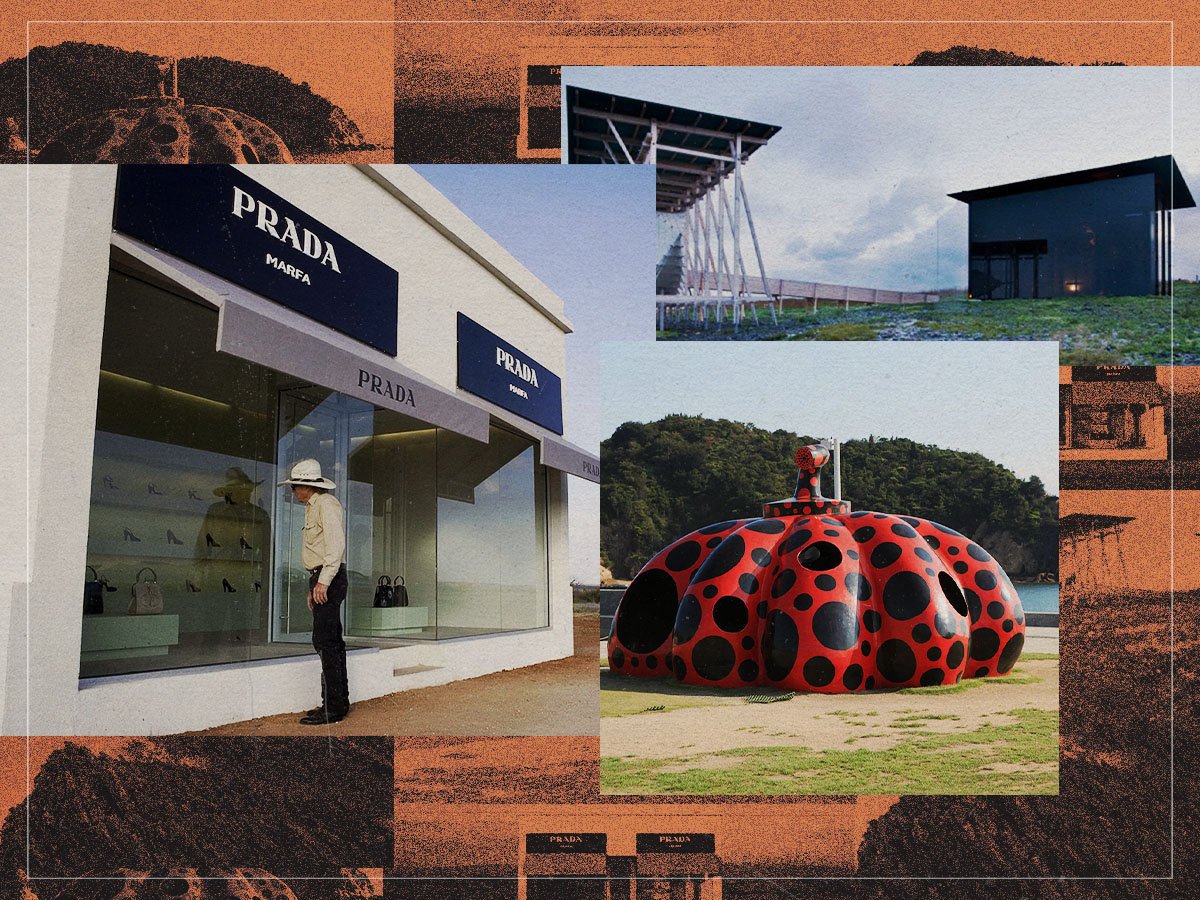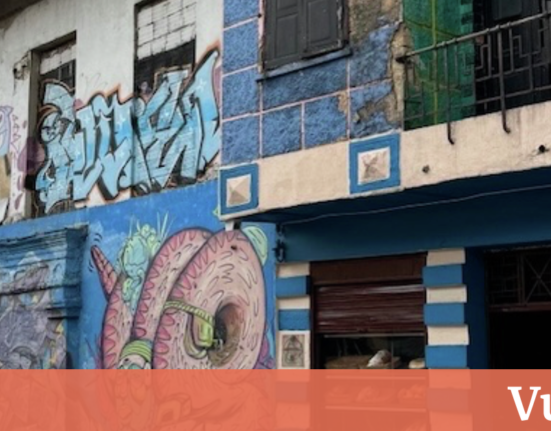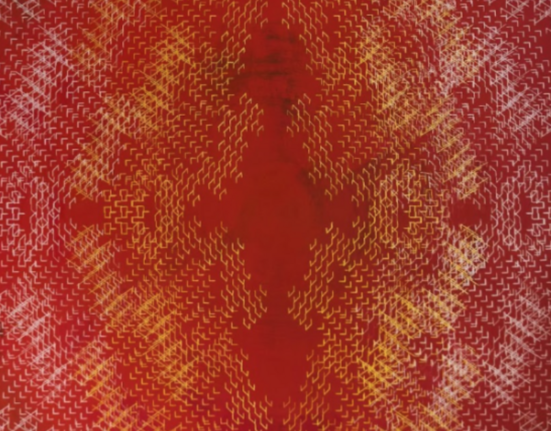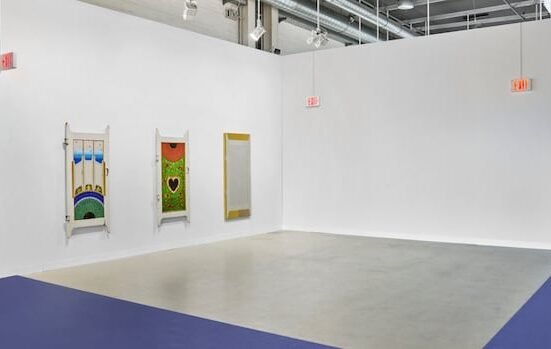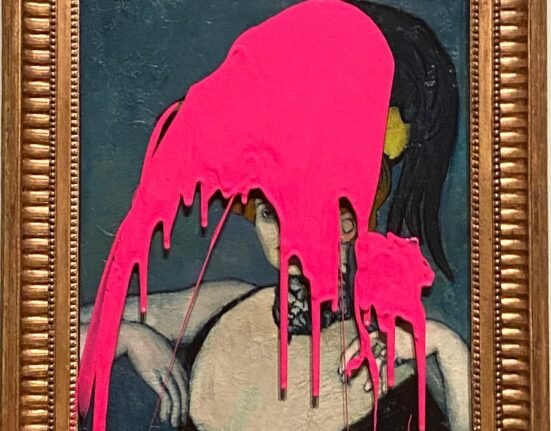
(Credits: Far Out / Prada / 準建築人手札網站 Forgemind ArchiMedia / Andrew Meredith / Arch Daily
The idea that art can only belong to the pristine white walls of a gallery or behind glass shields in museums has never been further from the truth. Sometimes the most powerful works appear where you least expect them, and take this expression quite literally. For centuries, we’ve seen how people interpret art differently, depending on the context it is placed in: a sculpture might not have the same impact when placed in a public garden versus in a private collector’s exhibition room. This proves just how intrinsically connected objects and their contained spaces are.
When art breaks out of traditional viewing establishments, it invites people to interact with it in less-restricted ways, free of the labels that exhibition spaces inevitably carry. Without the formal etiquette of galleries – the hushed voices, the slow, contemplative meandering – viewers can encounter the work more spontaneously, sometimes even by surprise. The context adds its own narrative, turning the artwork into a living, breathing part of the environment.
One famous example is Jeremy Deller’s It Is What It Is, a relic of a bombed car from Baghdad, which he toured around with in the US. Not only did he take a conventionally non-artistic object and turn it into a political symbol, but also, by choosing to tour it around the US, compared to leaving it in a museum, people were able to receive it differently. Many argue that it got people to engage more actively with the sculpture, and consequently the Iraq War, leaving a greater lasting impression.
There’s also a quiet defiance in placing art where it’s not expected. It pushes against ideas of exclusivity, questioning who art is for and where it’s allowed to exist. When artists install works in unexpected locations, they open up space for new kinds of engagement, outside the rules of the art market or institutional control. One doesn’t need to buy a museum ticket or tune into the pretentious analytical mindset that we all sometimes adopt when in art galleries, afraid of social perception. On the contrary, in such disruptive moments, art becomes an experience woven into daily life and an excited, unexpected surprise.
What all these works share is a deliberate, meaningful relationship with where they’re placed. Prada Marfa only works because it’s isolated; it wouldn’t have caused the same commotion if it had popped up on Fifth Avenue. The Steilneset Memorial draws power from standing exactly where the tragedies happened, serving as a visual reminder, akin to a memorial, and Kusama’s Pumpkins actively intend to disrupt the landscape with their brilliantly colourful absurdity, sitting at the edge of the sea.
So let’s take a look at some of the most striking examples of unexpected artworks placed in seemingly random (but actually very thought-out), non-artistic spaces.
Three unusually placed art installations
Related Topics

